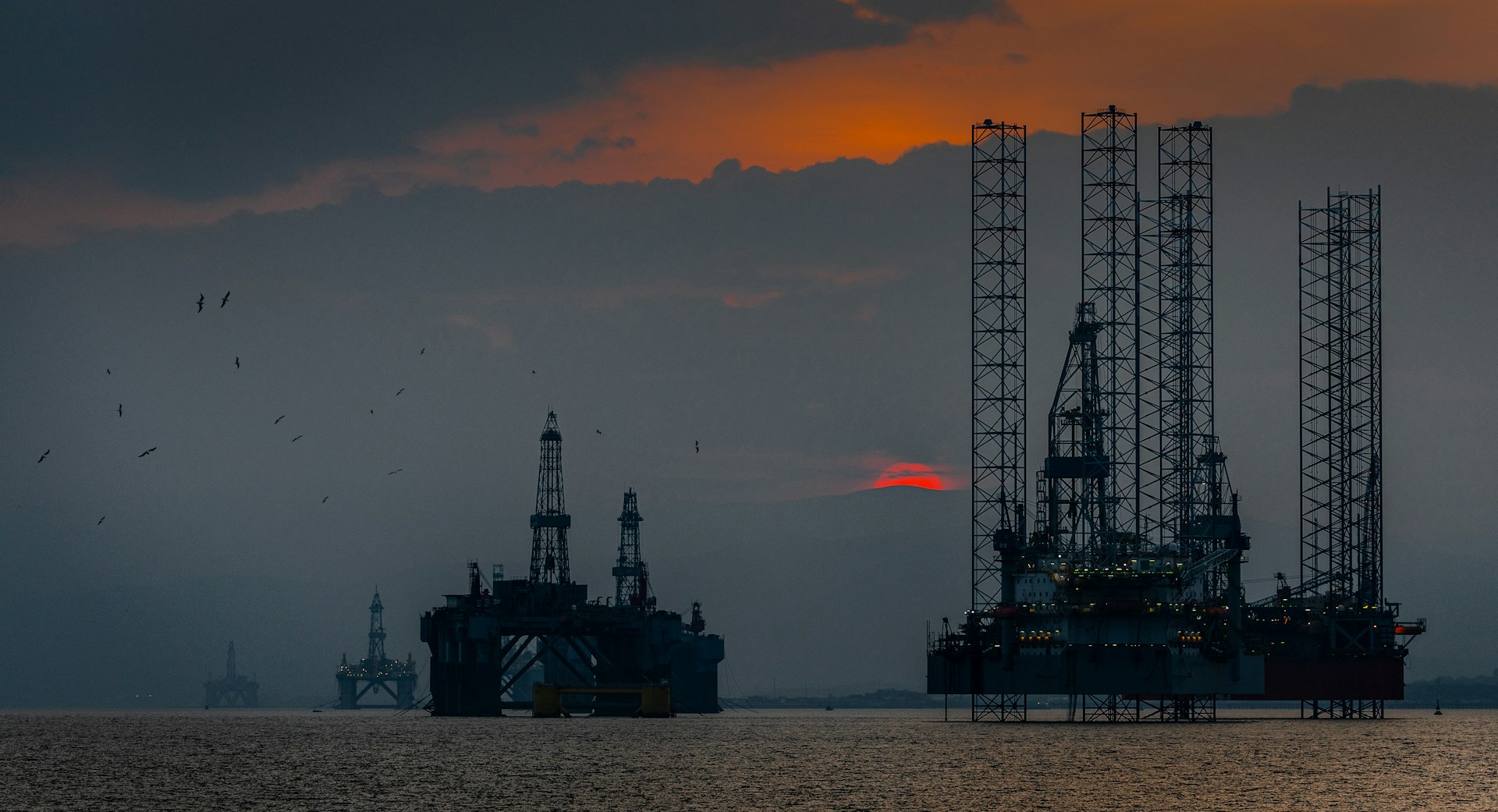According to a recent report by Crédito y Caución, oil demand, which returned to 2019 levels in 2023, has stabilized due to slowed economic growth, while supply has proven more resilient than anticipated. The short-term outlook for the crude market is now better shielded against geopolitical risks.
OPEC+ production cuts have largely been offset by increased production in other countries, such as the United States, where production levels have reached all-time highs. Furthermore, despite Western sanctions, Russia has managed to circumvent the price cap imposed by the European Union and the G7 by rerouting exports to third countries like India, China, and Turkey.
Crédito y Caución predicts that global oil demand will peak in the coming years and begin to decline in the latter half of the 2020s. According to the projections in the report, in a reference scenario that only considers existing commitments, global oil demand will decrease by 4% in 2030 and 43% by 2050 from current levels. In a scenario targeting net-zero emissions by 2050, the decline would be more drastic, at 20% in 2030 and 75% in 2050.
The transition policies in Europe and North America, focusing on the electrification of vehicle fleets, will be the primary drivers of this demand reduction. Consequently, lower production levels will gradually be required to meet demand, and OPEC+ is expected to increase its share in a significantly reduced global oil market by 2050.
The future equilibrium price of oil is projected to be substantially lower than the current $80 per barrel. Depending on the scenario, prices in 2050 could range between $25 and $60.
